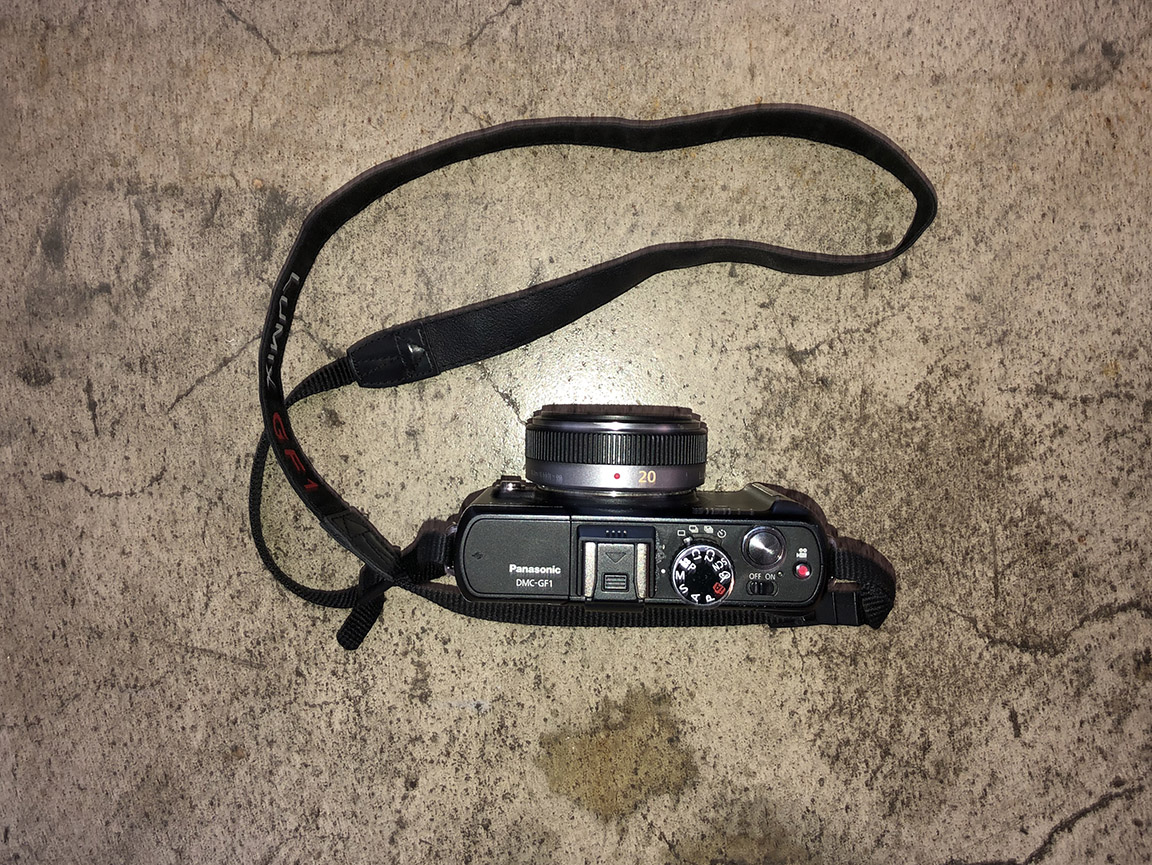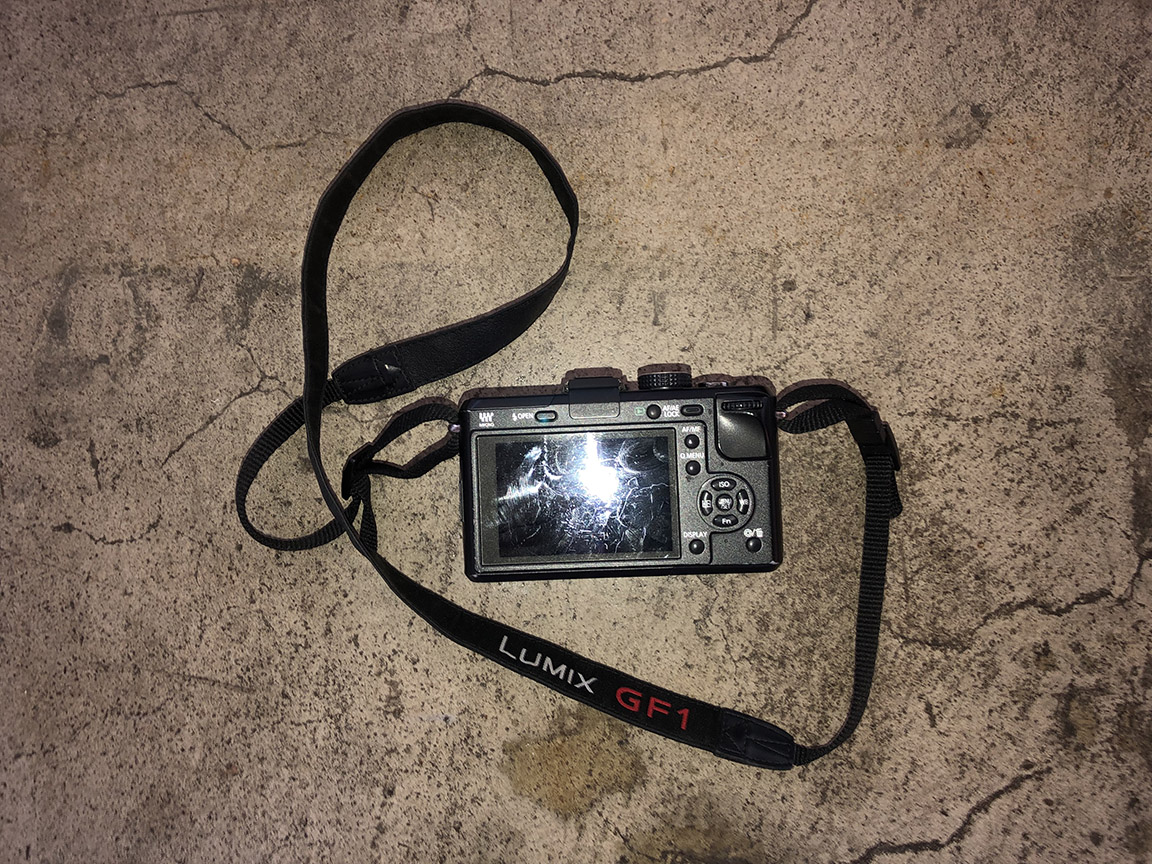The iPhone is a tremendous image-recording device, but perhaps you would like to have a better camera on your trip. What camera should you bring?
The best idea is to take the least amount of stuff you can. The worst thing is to be massively jet lagged and puzzling over what camera/lens to grab out of the bag. Keep it simple and you will take better pictures. When in doubt, a smallish camera with a fixed lens.
However, defining what “least” means still manages to be a quandary. How do I know the right way to anticipate what I may want to photograph? I have done maybe 5,000 professional shoots in my career, and have traveled a ton. Much of that was with 20 cases of gear and four assistants to manage it. Thankfully, that phase is over.
Although the question of what camera to bring bedevils me on every trip I take, here are some of the configurations of gear I have used.
The Rolling Case


This is what I use when traveling by plane for AGEIST. With this combination, I can handle most anything.
2 extra camera batteries, flash batteries, 8 CF Cards
Flexifill in front pocket
Laptop in bag
The Shoulder Bag



This what I will bring if I’m certain of what I am doing, and I don’t feel like lugging the rolling case around. This is the Ari bag by InCase. It distributes the weight nicely, doesn’t look like a camera bag, and the grey fabric is sort of chic.
Card case, 1 extra camera battery
Laptop in luggage
The Extreme Minimalist



Just the Lumix GF1 with a 20mm lens. This is what I will bring if I am on the street in Dar El Salam, or some other equally dicey place. I’ll put it in a blue plastic bag like it’s a bunch of vegetables, and I have zero fear of getting ripped off. This little guy has shot dozens of the images in AGEIST. It’s about seven years old, all scratched up, but it works great.
This is the camera I take if I am skiing, hiking or at a party. It’s small, light, and the images are perfect for digital use.
Buy it new, or you can probably get one on eBay for $150 now. If it gets crushed, drowned, or stolen it’s no major loss. Get a big 32-64 GB SD card, and you’re set.
The “Very Special” Trip

This is when the images are just for me, with no idea of digital publication or compressed time needs. This is for the joy of using a remarkably-designed analogue camera. The Hasselblad CM is a film camera that is quite slow to use — no auto focus, slow winding, only 12 shots/roll, and the focused image is on reversed ground glass. I will use it with either an 80mm or 120mm lens. You will need a light meter. Everything happens slowly and thoughtfully, even the processing of the film, which will take a week to do.
The result is that if I take 12 pictures, six of them will be good. Surprisingly, subjects who are used to iPhone friends-and-food photos, will slow down with you. There is mutual respect for the process that people get from the fuss of using a camera such as this.
I use Tri-X and Kodak Portra 400 as my film choice. A tech note: With digital, it is best to underexpose, while with film it is better to overexpose. So rate your film speed at half what is recommended.
Ideal Travel Cameras
If I were to get a new travel camera, I would choose one of the following:
Fuji X-100F Solid, fast, vaguely retro.
Leica Q Beautiful to hold and to use, great fixed lens; spendy, but it’s a Leica.
Sony a6300 Utterly modern. This is the camera a lot of pros use as their backup.
Lumix LX 100 Good value, probably what I will buy to replace my old Lumix.
Or, rather than buy one, maybe rent one here. In our experience, these people offer excellent customer service and good advice. If you have any questions, give a shout and I’ll do my best to answer them.



Hi Ageist,
Travel cameras, I just bought the Leica CL a couple of months ago and really like it. But, I have a Q for sale, virtually new, hardly used. If you know anyone interested let me know. It is lovely but a bit big for my needs.
I may get a Nikon Z6 some time, for full frame, not yet because I have a big spend on updating my website. Not smaller than the Q but has the advantage of interchangable lenses which have great reviews.
What are your thoughts about the Nikon and Canon full frame mirrorless cameras?
MH.
Hi MH,
Thanks for writing in. I’m a big fan of mirrorless- lighter, smaller, faster. I thought I would dislike the screen image vs the optical, but it’s fine. Most of my gear is Canon, but if I had to chose today I would pick a Nikon. They are more of a photographers camera, whereas Canon seems slightly more video oriented. But both companies make an excellent product. You may want to have a look at the Sony full frame mirrorless. They seem to be out front on the technology. A number of my pro friends have sold their Canon/Nikon gera for Sony. But again, all these cameras are excellent. It comes down to how you enjoy the experience of using them: the feel in the hand, the sound, the balance, the menus… Let me know what your thoughts are.
Best,
David
Thank you David, great to get a reply from the founder! I did own a Sony A7 for a while but found the menus and set up really clunky, I ended up setting everything to manual and leaving it, no bad thing! The lenses for the Sony are lighter than the new Nikon Z series and the Nikon Z feels to me to have far better build than the Sony. My Leica CL is great, small light, quick easy to understand menu, great viewfinder, but the lenses are so expensive. I will look again at the Nikon. Thank you David, great site!